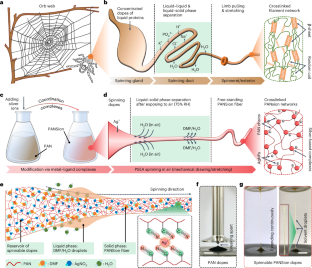2023-07-10 カリフォルニア大学サンタバーバラ校(UCSB)
◆研究結果は、ほとんどの森林がより乾燥した環境に適応できる可能性があるものの、必要な変化が十分に迅速に起こっておらず、水ストレスとその後の死亡を回避するのに十分ではないことを示しています。この研究は、将来の森林研究の基準として役立ち、保全や管理の指針となるでしょう。
<関連情報>
- https://www.news.ucsb.edu/2023/021113/forest-can-adapt-climate-change-not-quickly-enough
- https://onlinelibrary.wiley.com/doi/10.1111/gcb.16847
観測された森林の形質転換速度は、気候変動による水ストレスに追いついていない。 Observed forest trait velocities have not kept pace with hydraulic stress from climate change
G. R. Quetin, L. D. L. Anderegg, I. Boving, W. R. L. Anderegg, A. T. Trugman
Global Change Biology Published: 08 July 2023
DOI:https://doi.org/10.1111/gcb.16847

Abstract
The extent to which future climate change will increase forest stress and the amount to which species and forest ecosystems can acclimate or adapt to increased stress is a major unknown. We used high-resolution maps of hydraulic traits representing the diversity in tree drought tolerance across the United States, a hydraulically enabled tree model, and forest inventory observations of demographic shifts to quantify the ability for within-species acclimation and between-species range shifts to mediate climate stress. We found that forests are likely to experience increases in both acute and chronic hydraulic stress with climate change. Based on current species distributions, regional hydraulic trait diversity was sufficient to buffer against increased stress in 88% of forested areas. However, observed trait velocities in 81% of forested areas are not keeping up with the rate required to ameliorate projected future stress without leaf area acclimation.



